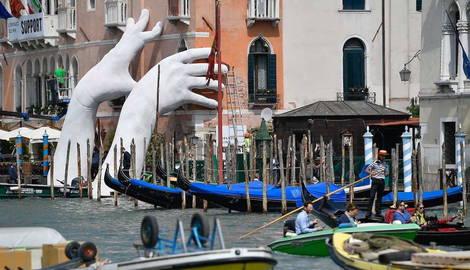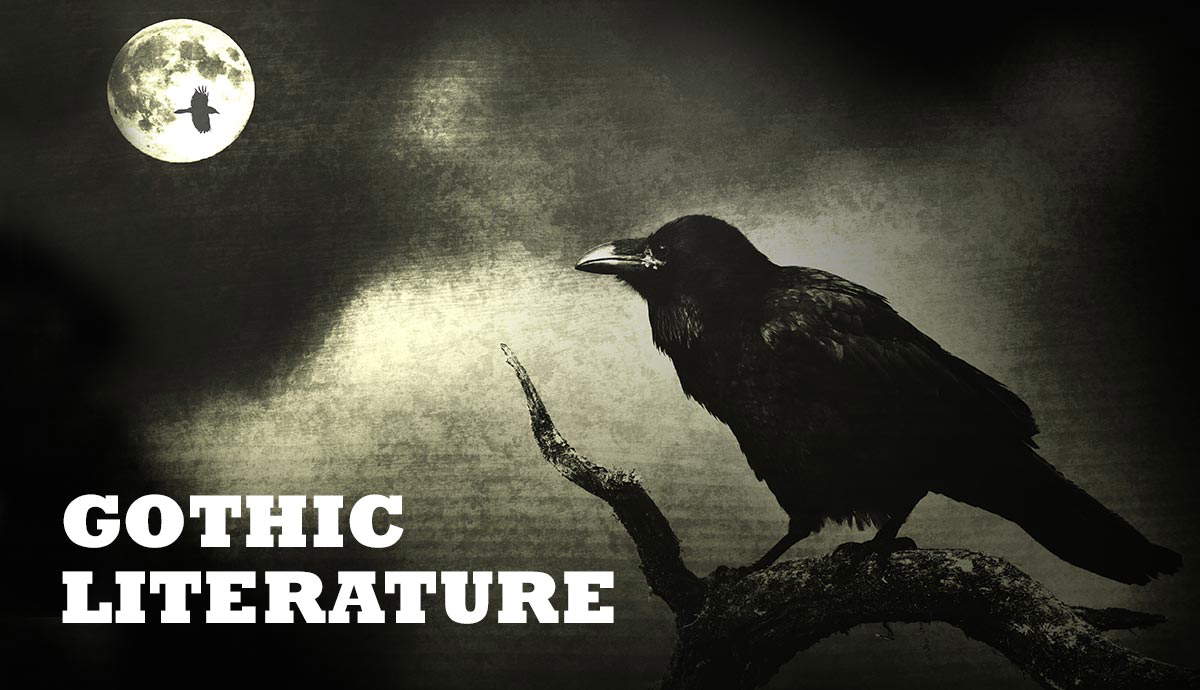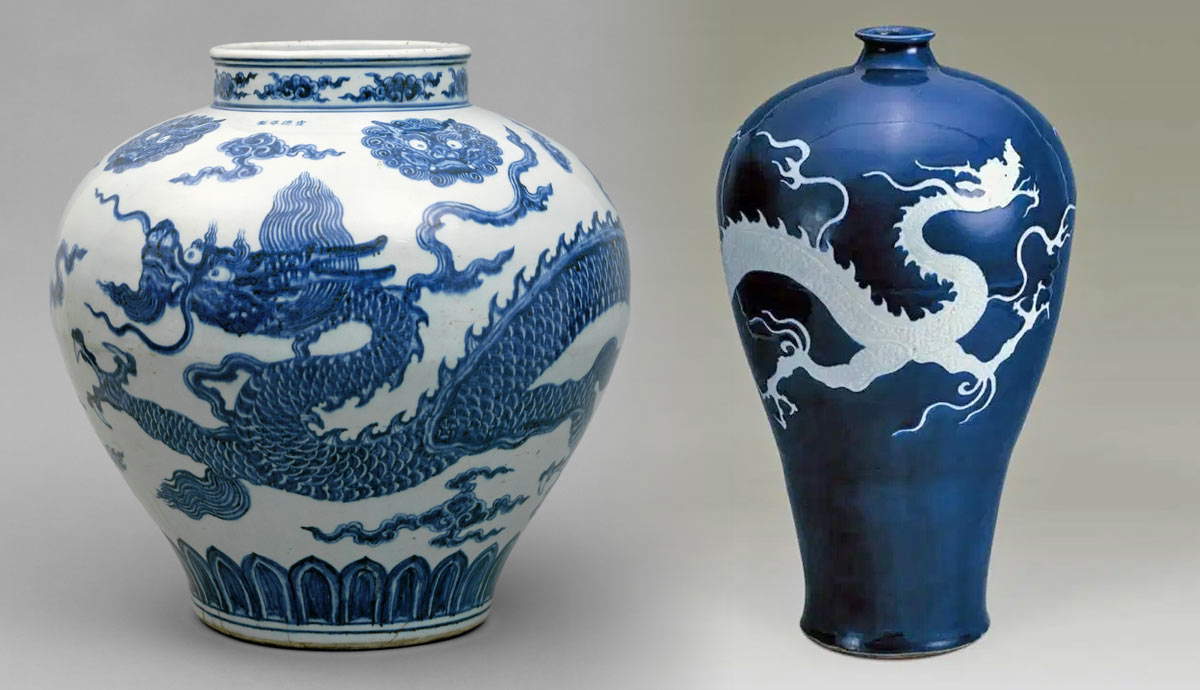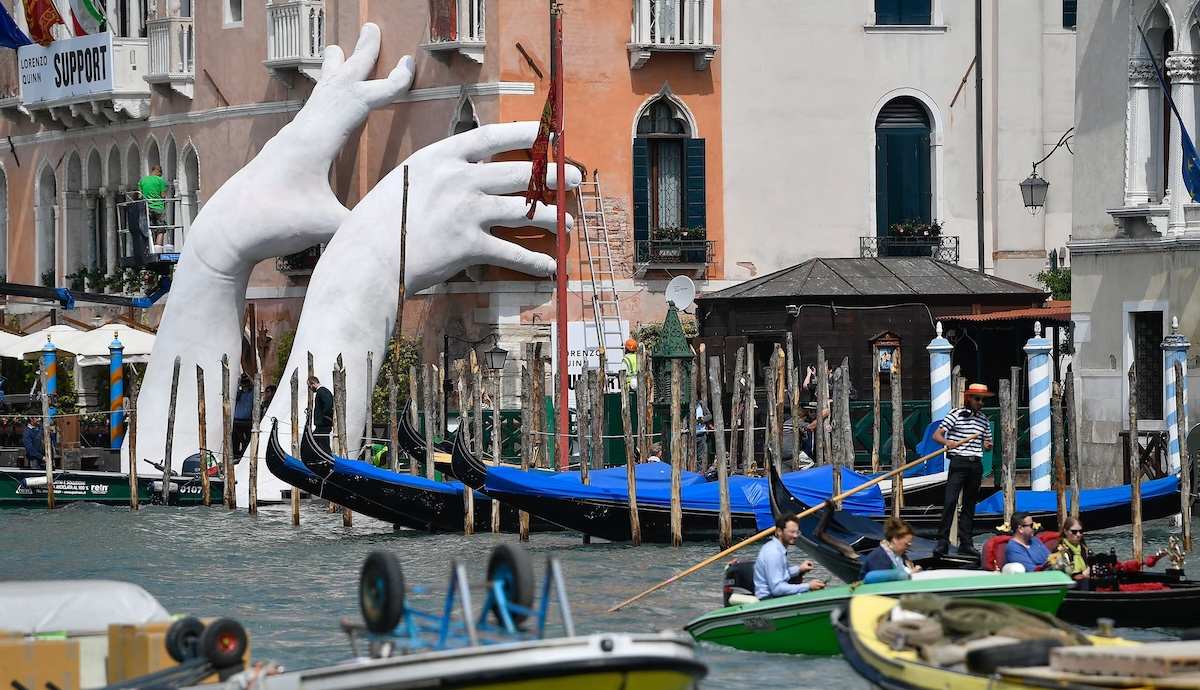
Every other year, Venice transforms its winding network of canals into a citywide art gallery. The Venice Biennale is often referred to as “the Olympics of the art world.” It is an international art festival that includes a curated main show, dozens of national pavilions, and citywide events, from museum retrospectives to guerrilla performances. From its 1895 debut to the present day, the Venice Biennale has become the world’s most influential gathering of contemporary creativity.
The Royal Beginnings of the Biennale
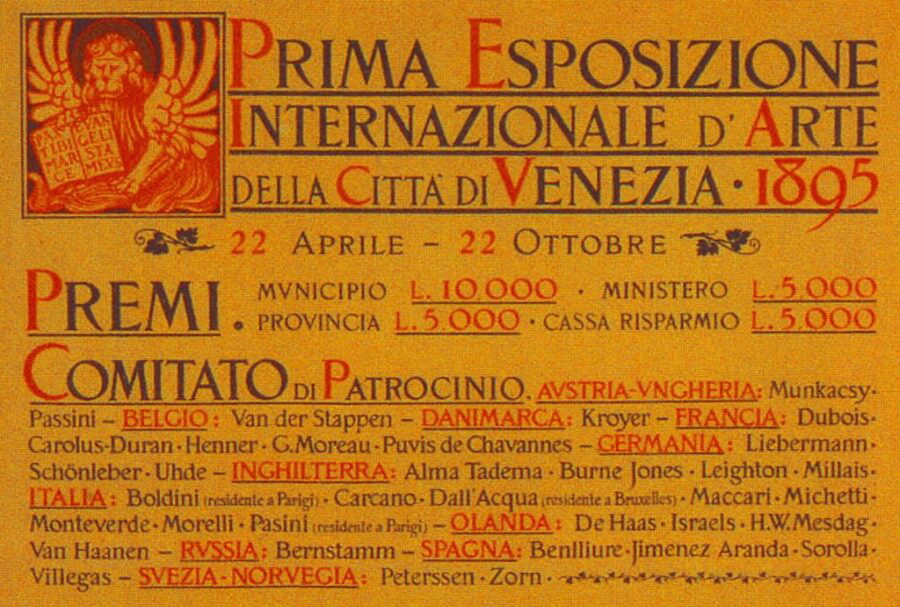
The Venice Biennale began as a royal celebration. In 1895, the Italian city launched an international art exhibition to honor the silver anniversary of King Umberto I and Queen Margherita. Inspired by earlier European expos, the inaugural Venice Biennale was revolutionary in its scope, featuring artists from 14 countries. Over 200,000 visitors attended that first edition, reinforcing Venice as a locus of global art. Since then, despite pauses during wartime and the COVID-19 pandemic, the mission of the Venice Biennale has stayed consistent: to showcase the best of contemporary art.
The Evolution of a Cultural Powerhouse
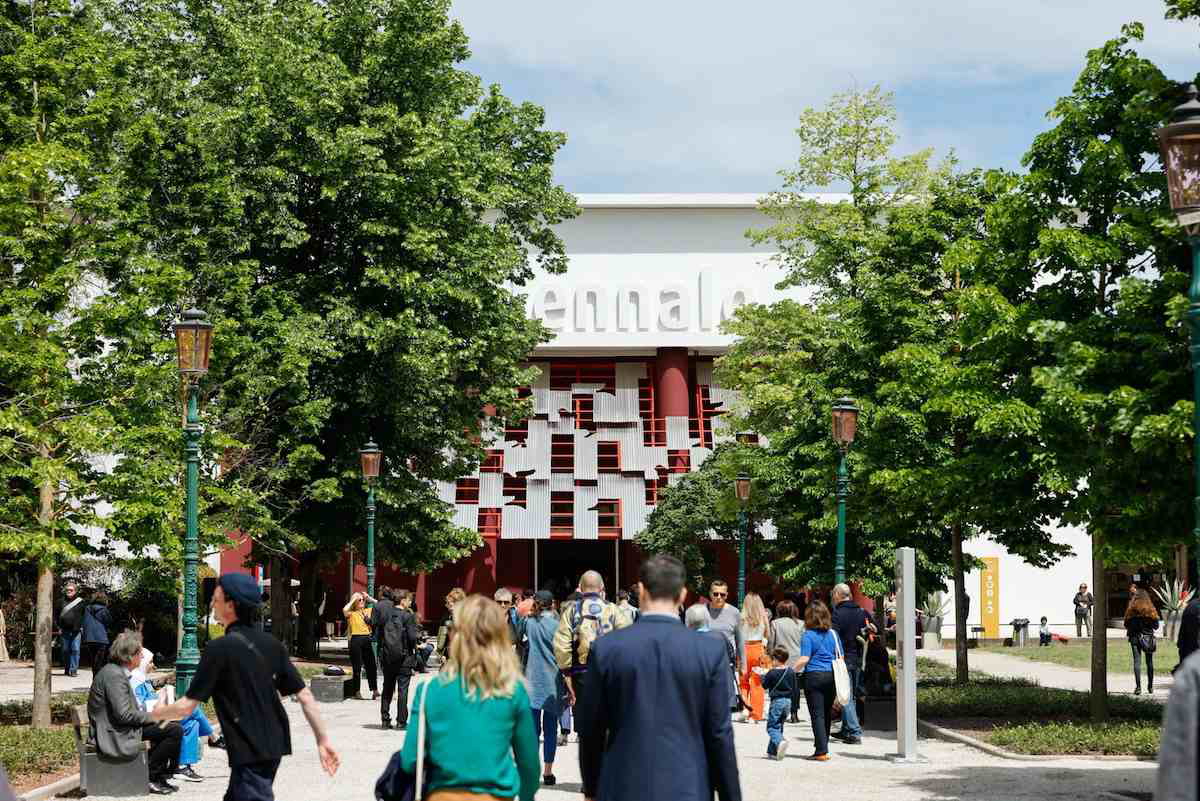
What began as a painting exhibition has since evolved into a multidisciplinary cultural powerhouse. The Venice Biennale alternates yearly between contemporary art and architecture and has expanded to include music, theater, dance, and the Venice Film Festival. This makes it one of the most comprehensive cultural platforms globally.
The heart of the Venice Biennale lies in the city’s Castello district, anchored by two iconic venues: the Giardini, home to 30 permanent national pavilions, and the Arsenale, a former shipyard turned into a massive exhibition space. As more countries joined the Biennale, many established their pavilions in palazzos, churches, and storefronts across the city.
Defining Moments and Artistic Breakthroughs
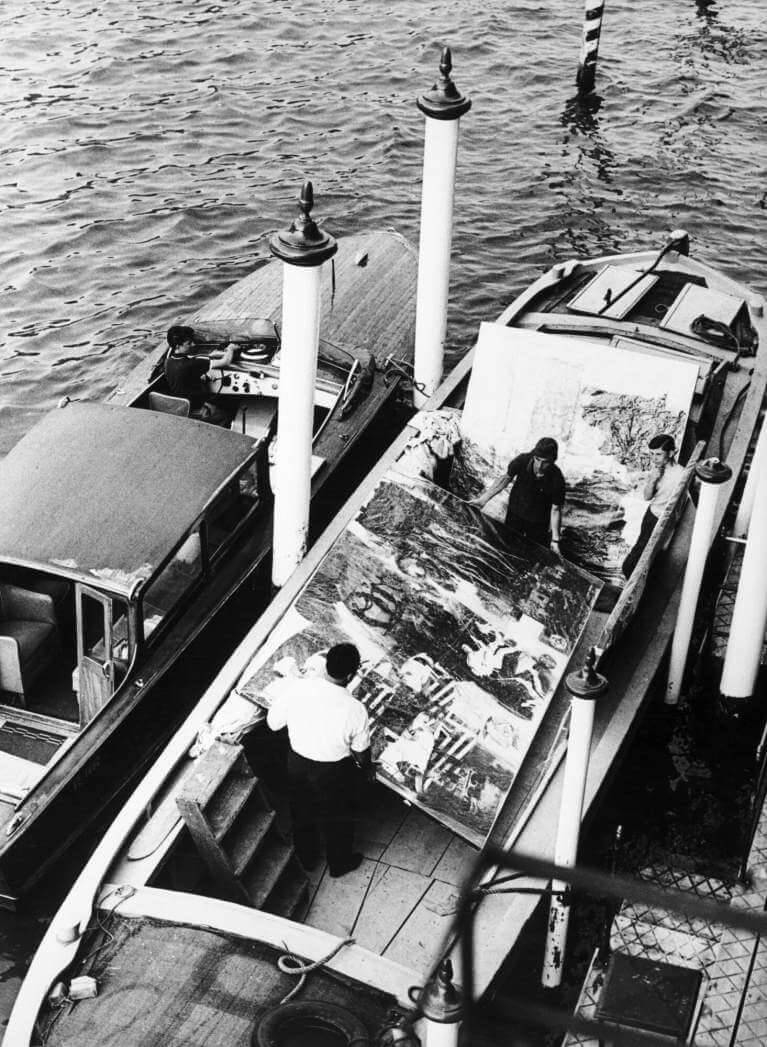
For over a century, the Venice Biennale has served as a springboard for radical ideas and emerging voices. Each edition is shaped by a curatorial theme and awards coveted Golden and Silver Lions to standout artists and national pavilions. In 1964, the American avant-garde artist Robert Rauschenberg won the Golden Lion—the first non-European to do so. His prize marked a major shift in the art world from Abstract Expressionism toward Pop Art.
Two years later, Japanese artist Yayoi Kusama staged Narcissus Garden, scattering 1,500 mirrored spheres outside the 33rd Venice Biennale’s Italian Pavilion. Donning a gold kimono, Kusama sold the spheres for $2 apiece beside signs that read “YOUR NARCISSIUM [sic] FOR SALE.” Kusama had not been officially invited to the Biennale, so her piece was a legendary act of subversion—critiquing the art world’s vanity, commercialization, and exoticism.

Contemporary artists of all stripes continue to address politics, identity, and history at the Venice Biennale. In 1993, conceptual artist Hans Haacke shattered the floor of the German Pavilion to confront the legacy of fascism. Zineb Sedira’s 2022 presentation in the French Pavilion explored postcolonial memory through film and installation.
In 2024, the main exhibition’s theme, Foreigners Everywhere, invited artists to reflect on migration and belonging. Jeffrey Gibson, the first Indigenous artist to represent the United States with a solo presentation, responded with a vibrant installation fusing Native motifs, queer aesthetics, and pop culture.
The Biennale Effect: Global Reach and What’s Next
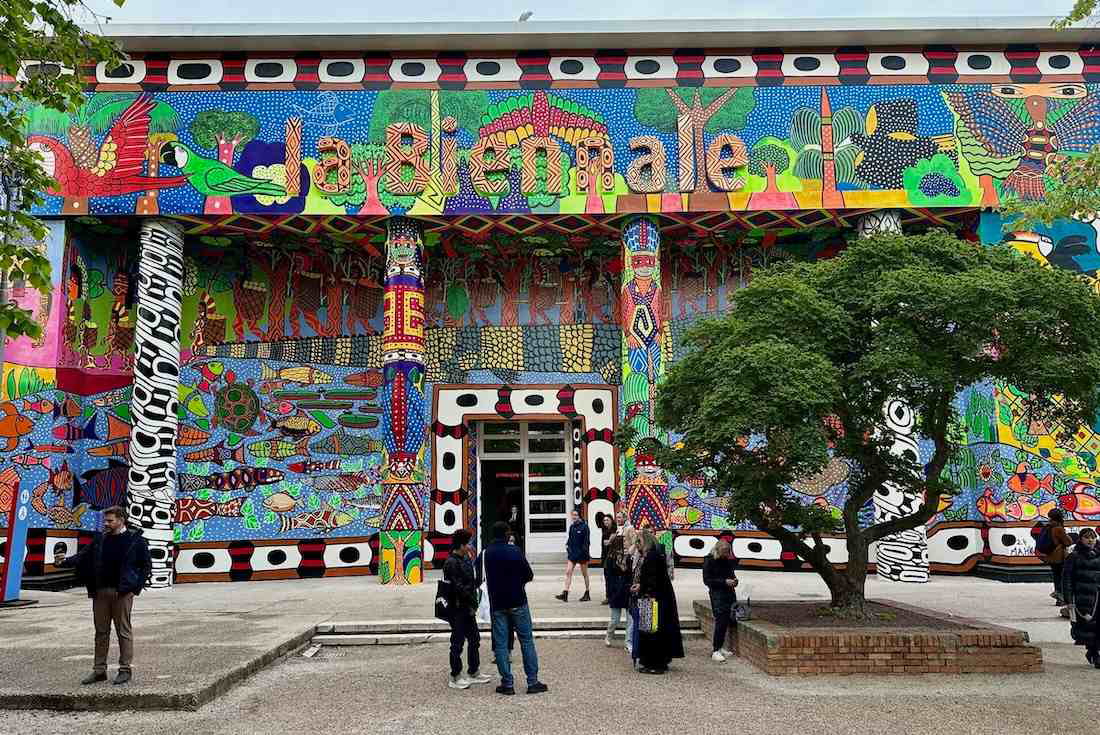
Since the mid-20th century, the Venice Biennale has inspired over 100 international contemporary art biennales, including major events in São Paulo, Istanbul, Gwangju, and Sharjah. These offshoots are helping to shift the art world’s center of gravity away from traditional Western capitals.
Today, the Venice Biennale typically hosts exhibitions from up to 90 countries in its official art and architecture events. Countries use their pavilions to share their stories with a rare global audience. Additionally, while the Biennale formally ended art sales in the 1970s, its influence on the market remains strong. Top galleries strategically position rising artists in the Biennale, while collectors and curators frequent the event to scout new talent.
This year, the 19th International Architecture Exhibition of the Venice Biennale opened on May 10 and runs through November 23, 2025. Curated by Carlo Ratti, the main exhibition is titled Intelligens. Natural. Artificial. Collective. and explores how architecture can respond to climate change with various forms of intelligence. The festival features over 750 participants from around the world.
The 61st edition of the Venice Biennale is scheduled to run from May 9 to November 22, 2026. Although the artistic director and central theme of the event have yet to be announced, the art world is already gearing up for the event.
